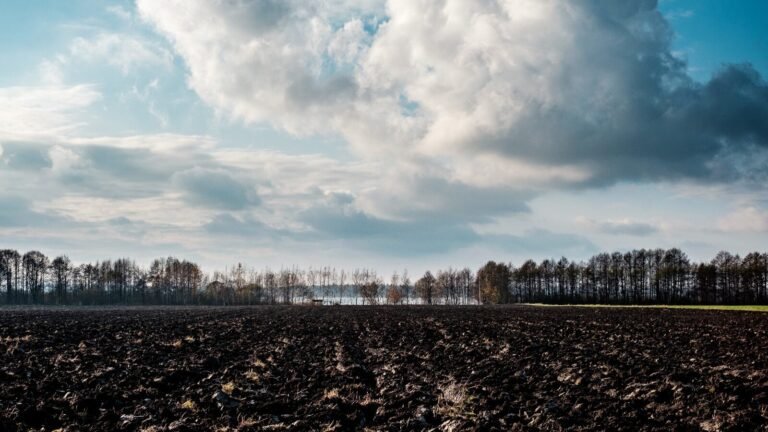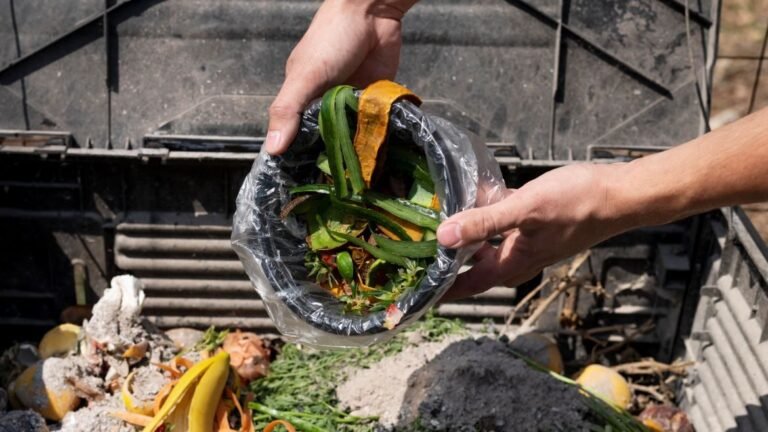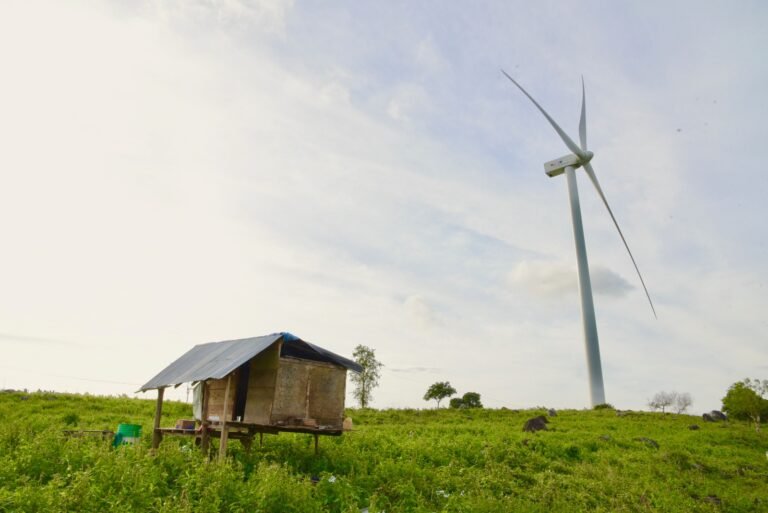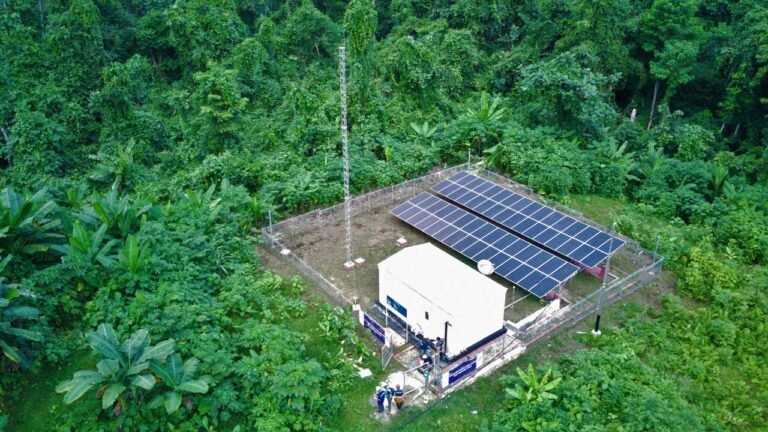
- “Cladosporium sphaerospermum” this fungus not only survived, It also seems to “feed” on radiation, using it as an energy source.
- This fungus also has the possibility of being used in space exploration as energy system.
- This discovered opens up new opportunities in biological resilience in extreme environments and bioremediation technology and space exploration.
Fungus that Absorbs Radiation
On April 26, 1986, the world witnessed one of the largest nuclear disasters in history when the Chernobyl Nuclear Power Plant in Ukraine experienced a catastrophic explosion and fire. This disaster released significant amounts of radioactive particles into the atmosphere, marking a pivotal moment in the narrative of nuclear safety, especially following the Fukushima incident in Japan.
The disaster led to the evacuation of more than 100,000 people, and an area of approximately 30 kilometers around the plant was designated as an exclusion zone, which has remained largely uninhabited. The aftermath of the Chernobyl disaster has been extensively researched, particularly regarding how life can survive in a highly radioactive environment.
While examining the remains of the reactor, researchers discovered a black mold growing on the reactor walls, identified later as Cladosporium sphaerospermum. Further studies revealed that this fungus not only survived but also seems to “feed” on radiation, utilizing it as an energy source.

Cladosporium sphaerospermum: The Radiation Absorber
The discovery that Cladosporium sphaerospermum can “consume” radiation opens up new avenues in scientific research. This fungus contains melanin, a pigment also found in human skin, which typically serves to protect against ultraviolet radiation. However, in the case of this fungus, melanin appears to play a crucial role in converting gamma radiation into chemical energy, akin to the process of photosynthesis in plants.
The ability of this fungus to convert radiation into energy points to its potential application in bioremediation, where organisms like this could be utilized to clean up radioactive waste. Additionally, Cladosporium sphaerospermum may have applications in space exploration, as the radiation-rich environment of outer space presents significant challenges for long-term human missions. Organisms like this fungus could potentially protect astronauts from radiation and even generate energy in space habitats.
Analysis of Radiation Effects on Organisms
In contrast to fungi like Cladosporium sphaerospermum, which seem to thrive in radioactive environments, radiation can have deadly impacts on other organisms, including animals and humans. Ionizing radiation, such as gamma radiation released during a nuclear disaster, can damage the DNA structure of living cells.
Excessive radiation exposure can severely damage DNA molecules, leading to mutations, cell death, or even cancer. Additionally, intense radiation exposure can destroy rapidly dividing cells, such as those in bone marrow and intestinal epithelial tissue, resulting in a weakened immune system and metabolic disorders.
In humans, exposure to high levels of radiation can cause acute radiation syndrome, characterized by symptoms including nausea, vomiting, internal bleeding, organ damage, and, in some cases, death. Furthermore, prolonged exposure to low-level radiation can increase the risk of various cancers, particularly thyroid cancer, leukemia, and lung cancer.
These findings underscore the importance of understanding radiation’s effects on living organisms, which can enhance safety protocols and inform future research on resilience in extreme environments.
Baca Juga
- Ukraine : Chernobyl Brings Multi-Faceted Disaster On Nation’s Energy
- Nuclear: Clean Energy Could Be Hero For Indonesia From Coal Mining Disaster

Animals are also susceptible to similar effects that are just as dangerous. Studies in the Chernobyl exclusion zone showed that many animals suffered genetic mutations. Conditions such as reduced reproductive rates, and impaired development occurred, although some species showed surprising adaptability and survival.
However, in contrast to complex organisms such as humans and animals, some microorganisms such as Cladosporium sphaerospermum were able to adapt and utilize radiation as an energy source. This shows that the adaptability of organisms to radiation varies depending on their individual biological traits.
With certain microorganisms being able to develop specialized protective mechanisms that higher organisms lack. This phenomenon not only offers insights into biological resilience in extreme environments. But it also opens up new opportunities in bioremediation technology and space exploration.
Conclusions: Implications of Cladosporium sphaerospermum on Radiation Management
Human limitations in handling radiation hazards remain a significant barrier to the safe use of nuclear energy. The Chernobyl disaster marked a significant and tragic moment in the history of nuclear energy development, leading to increased scrutiny of safety measures. The discovery of Cladosporium sphaerospermum has opened new avenues for research into how organisms can survive in highly radioactive environments, paving the way for advancements in nuclear safety and disaster prevention.
This discovery has implications beyond energy; it also holds potential benefits for the biomedical sector. Improved reactor site safety and enhanced worker protection can help mitigate the threats posed by nuclear radiation. The discovery of this fungus represents a promising turning point and a key to multi-sector development, particularly in areas such as environmental remediation, healthcare, and space exploration.

Baca Juga
- PT ThorCon Power Indonesia: Nuclear Energy Sector Has a Share of 11% in 2060
- Indonesia’s Trans Java Toll Could Boost Clean Energy Mix
As humanity looks to the future, the integration of findings related to this fungus could lead to breakthroughs in space research, allowing for safer and more effective long-term missions. While current energy solutions for space exploration remain heavily dependent on solar power, advancements in nuclear technology could provide a viable alternative, enhancing our capabilities for deep space exploration.
#zonaEBT #Sebarterbarukan #EBTHeroes
Editor: Savira Oktavia
References
[1] World Health Organization (WHO) their reports on the Chernobyl disaster detail the health effects and environmental contamination in surrounding countries like Belarus and Russia. Also affected global nuclear energy policies, including Germany’s gradual phase-out and policy changes in Sweden and Italy
[2] Macrooocosm Chanel Instagram 15 September 2024











